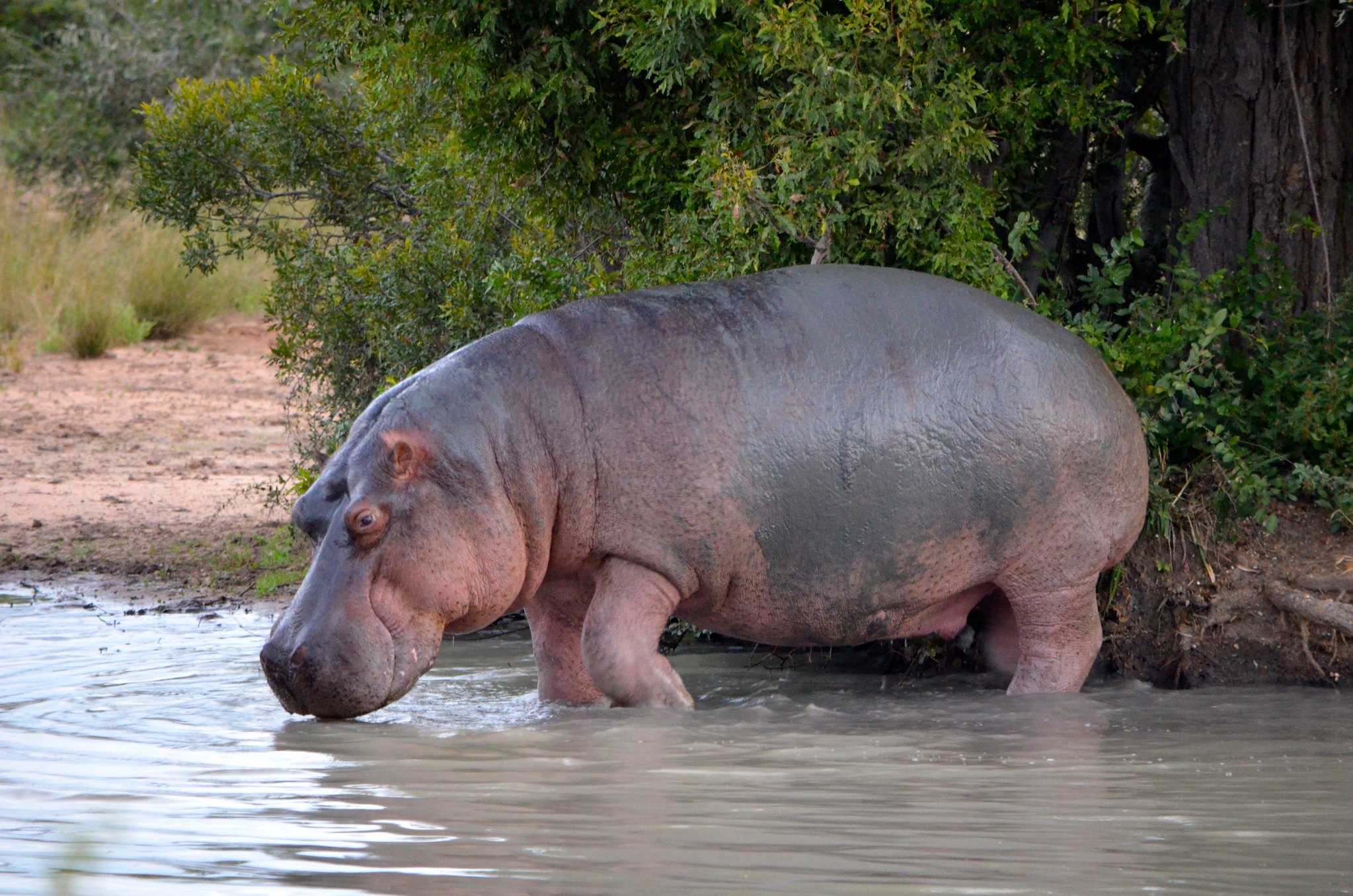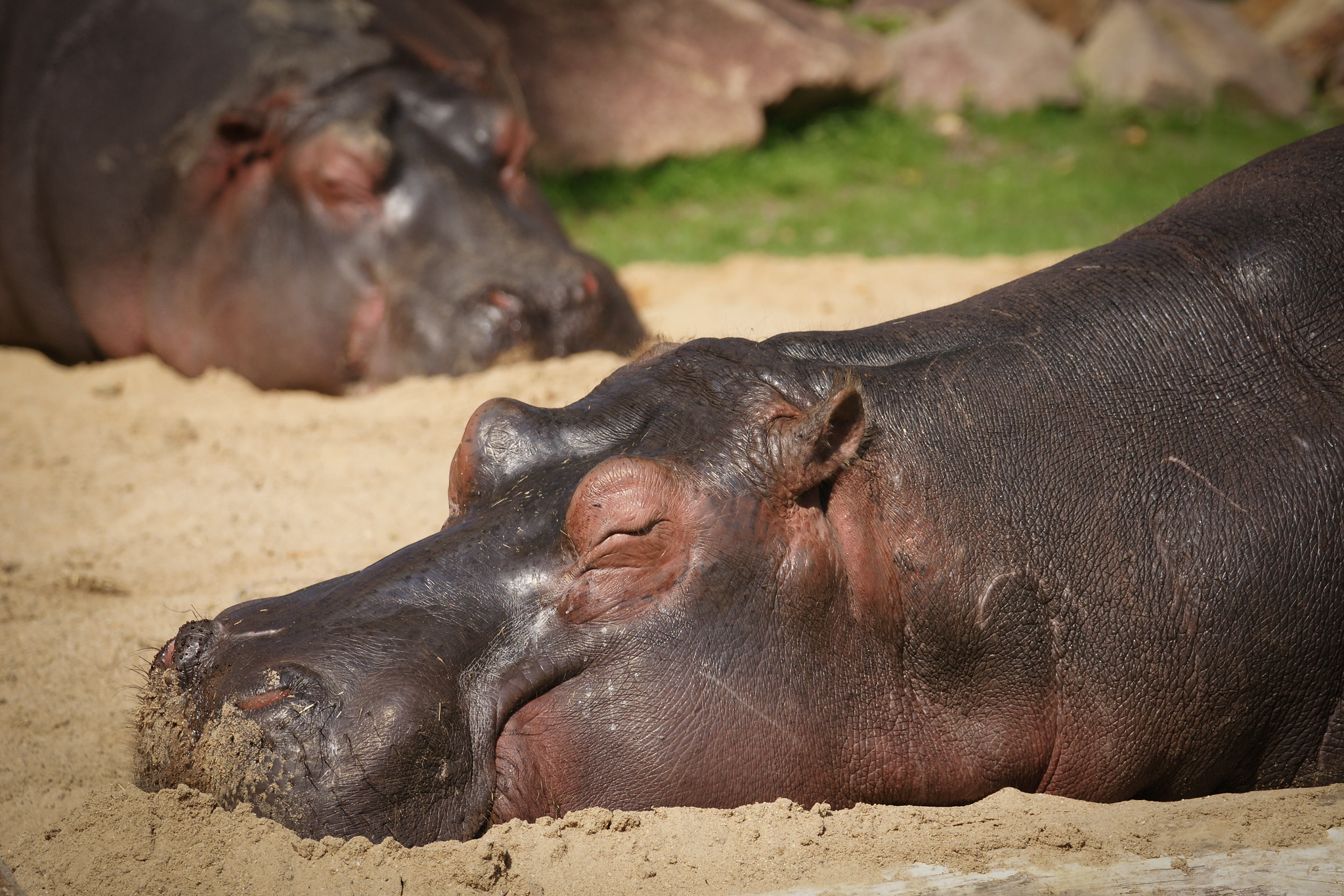11 Fun Facts About Hippos – Africa’s River Horses
Here is a list of some of the most interesting animals in the world. These huge animals live in the rivers and lakes of sub-Saharan Africa. They mostly live in Tanzania, Kenya, Zambia, Zimbabwe, South Africa, and Uganda, among other places.

-
There are two kinds of hippos.
Wild hippopotamus
There is a species of hippopotamus called Hippopotamus amphibius that lives in Tanzania. There used to be a lot of these hippos, but now they mostly live in national parks, protected areas, and water systems across the country.
A pygmy hippopotamus
The pygmy hippopotamus, also called the dwarf hippopotamus (Choeropsis liberiensis or Hexaprotodon liberiensis), lives in West Africa. It is a smaller species. They spend most of their time on ground and don’t swim as much as the common hippo.
-
Their name means “river horse”
Greek is where the word “hippopotamus” comes from.
The word for it comes from putting together two Greek words. The word “hippo” means “horse” because that’s how the animal looks, and the word “potamos” means “river” because hippopotami live in water. The name “hippopotamus” comes from the words “river horse,” which is a good fit for this big animal that likes water.
-
Hippos have big bodies.
These animals are some of the biggest on land on Earth. Elephants and white rhinos are bigger than them, but polar bears, grizzly bears, bison, elk, and buffalo are bigger. Hippos can be as heavy as 4,000 pounds, which is about 1,360 kilograms.
Their bodies are stocky and barrel-shaped, and their heads are huge. Hippos’ legs are pretty small and strong, so they can easily support their weight.
-
Their back teeth are big
Hippos have jaws that are unique among animals. Not only can their mouths open 150 degrees, but they can also bite harder than any other land animal. They also have big canine teeth, which are sometimes called “tusks” or “incisors.” It is possible for these teeth to get as long as 20 inches (50 cm).
Hippos mostly use their teeth for fighting and showing off their territory, not for eating. During a hippo’s lifetime, the incisors keep growing, which keeps them sharp and useful.
-
Hippos eat grass
Hippos eat mostly plants, even though their tusks are very big. The plants they eat are grasses, water plants, and other plants. When it’s cooler at night, hippos often feed on land. During the day, they go back to the water to get out of the sun. People say they have huge appetites because they can eat a lot of plants—up to 75 pounds (35 kilograms) of grass in one night!
Hippos don’t have big lips like many other animals do to protect their teeth while they eat. Instead, they have developed a unique way to cut grass with their big mouths.
-
Hippos are very good at swimming
Scientists call hippopotamuses Hippopotamus amphibius. You should be able to tell from their name that they are great swimmers. Hippos are fast swimmers, even though they are big. Their bodies are smooth and webbed, which helps them move quickly through the water. They can go up to 8 miles per hour (13 kilometers per hour). They have short legs, but they are strong enough to move them through lakes and rivers.
Hippos can stay underwater for a long time. For up to five minutes, they can hold their breath underwater, which makes them good divers when they need to be.
-
They make their own sunscreen
Hippos’ skin has changed in a way that protects it naturally from the sun. “Hippo sweat,” a thick, oily, and sticky skin fluid, gives them a pink color. This substance keeps the sun’s dangerous rays from getting through. It spreads light and stops ultraviolet (UV) rays from getting through.
This skin secretion does more than protect hippos from the sun; it also helps them keep their wetness. It keeps them cool in the sweltering African heat and keeps their skin from getting too dry and cracking.
-
Hippos are very dangerous
Hippos are very protective of their territory, especially when they’re in water. When they think someone is trying to get into their personal space, they fiercely guard their territory. These animals are some of the most dangerous in Africa. They have been known to attack people, boats, and rafts. Every year, they kill about 500 people.
Hippos are less protective when they’re on land, which is good. Long bursts of running at up to 19 miles per hour (30 km per hour) are still possible. So stay away from them at all times.
There aren’t many animals that normally eat adult hippos. It is rare for animals like lions, alligators, and hyenas to eat them because they are so dangerous and big.
-
They spray their poop
Hippos spraying poop with their short, strong tails is one of the strangest things they do. The reason for this strange behavior is to mark territory. They spread their poop and smell marks over a large area by flapping their tails very hard while they go to the bathroom. This lets other hippos know they are there, both as a threat and a way to show who is in charge.
It’s interesting that this habit also helps keep things clean and the right temperature. Using their tails to move their poop and pee around helps keep their skin cool and moist (and smelly).
-
Female hippos lead their groups.
Herds of hippos are sometimes called “bloats” or “pods.” The number of animals in these groups can range from a few to over one hundred. A group usually has adult females, subadult females, and their young, as well as dominant males.
In a hippo herd, the social order is matrilineal, which means it is based on the ties between the females. There are about 30 adult females in the group. Age and experience determine who is dominant. These strong ladies usually decide what the group does and how it moves.
Even though hippos are territorial, when they are in a group, they bond with each other. Among these are cleaning, touching, and group activities like wallowing in water and grazing.
-
You can see wild hippos in Colombia
Back in the 1980s, Pablo Escobar, the notorious drug lord, brought four hippos from Texas to his own animal park in Colombia. After he died, these hippos ran away to the nearby Madgalena River, where they have since grown to a group of 90 to 180 animals. This invasive species is changing the ecosystem and landscape because it has no native enemies or competitors.
Colombia has started a new effort to sterilize its invasive hippos. This shows that the government is serious about the threat these animals pose to the country’s wildlife and people who live there.
Quick Facts About Hippos
The hippopotamus amphibius is its scientific name.
Hippopotamus is its common name.
Size: Between 4.9 and 5.9 feet tall at the shoulder and between 9.8 and 16.4 feet long.
Weight: 2,870 to 4,000 pounds
40–50 years of life span
Food: A herbivore
Sub-Saharan Africa is their home.
Status of Conservation: Vulnerable
Want to see hippos in the wild? Come with us on a safari in Tanzania.
In Tanzania, you can see hippos in the Serengeti, Ngorongoro Crater, and Lake Manyara, among other national parks and wildlife areas. They mostly live in places with freshwater environments like lakes, rivers, and wetlands.

















